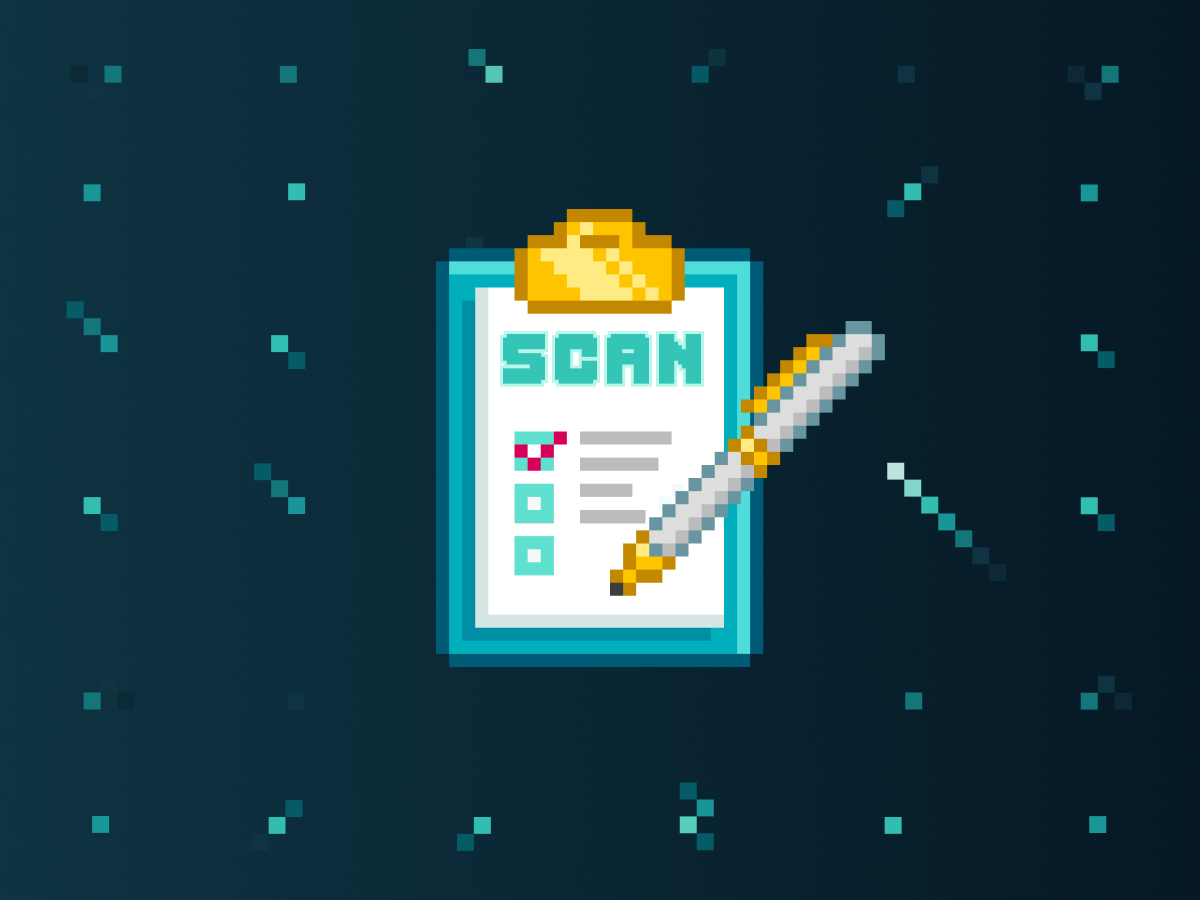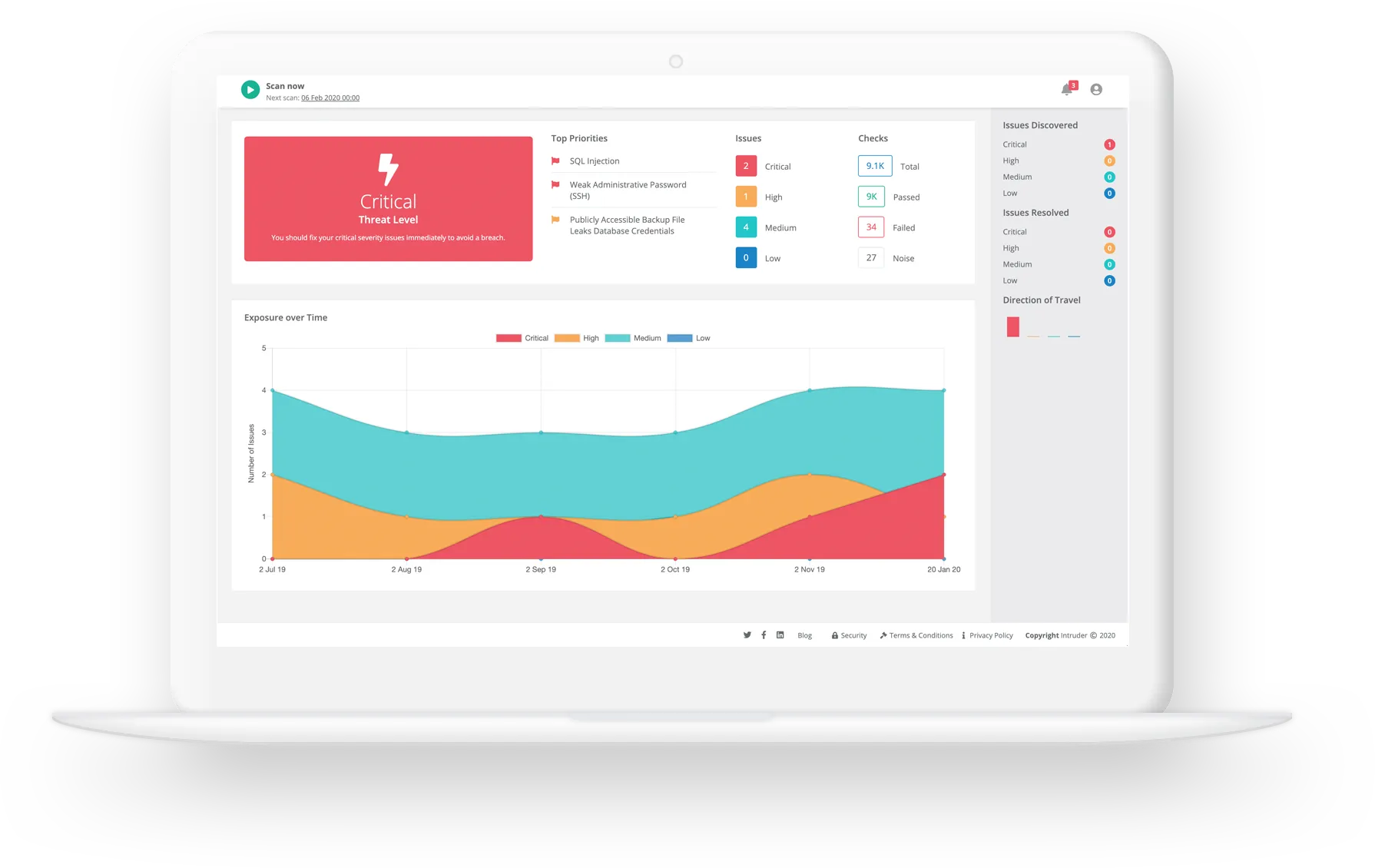Key Points
DevOps has supercharged software development by meshing the gears of coding and operations to crank up efficiency and speed. But this has often been at the expense of security because of the cost, impact on deployment, or simply neglect - developers aren’t security experts and often kick it down the road until deployment.
But integrating security right from the start in an agile DevOps approach can actually speed up development so you're not just making things faster; you're building a secure app as you go.
Welcome to DevOps security - or DevSecOps - the art and science of weaving security into the development fabric at every stage, ensuring your code is as tough as it is brilliant.
Let's dive into the nitty-gritty of folding security into the DevOps process without missing a beat - we're talking DevSecOps best practices and top tools to help fortify your DevOps from start to finish.
What is DevOps security?
DevOps security, or DevSecOps, focuses on integrating security practices into the DevOps process and throughout the software development lifecycle (SDLC). This promotes cross-team collaboration among development, operations, and security teams.
The role of DevOps security in modern software development is multifaceted. It aims to address security proactively, promote a culture of shared responsibility, and facilitate continuous monitoring and automation to identify and rectify vulnerabilities as you go, rather than during the final testing and deployment phase. In short, DevOps security is the secret sauce that makes software development rock solid, ensuring secure, up-to-code software apps.
Top 10 DevOps security challenges
Sounds simple, but integrating security into your DevOps doesn’t come without its challenges. Here are some of the most common issues you can face:
1. Rapid deployment and speed
In the DevOps world, continuous integration and continuous deployment (CI/CD) pipelines are designed for speed. But this can sometimes lead to deployments that bypass critical security checks. You need to integrate automated security testing tools into these pipelines to catch vulnerabilities like code injections or buffer overflows before they reach production.
2. Collaboration barriers
While tools like Jenkins, Git, and Docker have facilitated collaboration, there's still a cultural gap between devs, security experts, and operations. Misunderstandings or misconfigurations, especially in infrastructure-as-code (IaC) setups, can lead to security loopholes.
3. Containerization concerns
Containers, often orchestrated by systems like Kubernetes, can have vulnerabilities in their base images or configurations. Ensuring your containers are isolated, using trusted base images, and regularly scanning for vulnerabilities is essential.
4. Process integration
Introducing tools like SonarQube or OWASP Dependency-Check can help to identify vulnerabilities in your codebase and third-party libraries. But integrating these tools into an established DevOps process requires a shift in culture and mindset.
5. Weak access controls
Role-based access control (RBAC) in tools like Kubernetes or cloud platforms requires meticulous configuration. Misconfigured access controls can expose your sensitive operations or data to unauthorized users, leading to potential breaches.
6. Risks with DevOps tools
Open-source tools, while powerful, can be targets for supply-chain attacks. Ensuring your tools are sourced from trusted repositories, verifying checksums, and keeping them updated is crucial.
7. API and web application security
Beyond standard vulnerabilities, APIs can be exposed to issues like insecure direct object references (IDOR) or insecure endpoint configurations. Tools like OWASP ZAP can help you identify and mitigate such risks.
8. Cloud security in DevOps
Multi-cloud strategies can introduce complexity in managing security postures. Using infrastructure-as-code tools like Terraform or Pulimi require careful handling to avoid exposing secrets or misconfiguring resources.
9. Configuration drift
Over time, as systems evolve and configurations are modified, there's a risk of configuration drift where production environments differ from their intended state. This can introduce unintended vulnerabilities. Tools like Terraform can help you maintain and audit desired configurations.
10. Secrets management
Hardcoding secrets like API keys or database credentials in code or configuration files is a significant risk. By employing solutions like HashiCorp Vault or AWS Secrets Manager you can manage and inject secrets into applications and infrastructure securely.
Addressing these challenges requires a multifaceted strategy encompassing robust security practices, continuous monitoring, and the adoption of advanced security tools to enhance the resilience of your DevOps pipeline.
If you're looking for more tools recommendations, we have an article dedicated to our top DevSecOps tools.
DevOps security best practices
Step it up with DevSecOps
Think of DevSecOps as your development process getting a security upgrade. It's not just about switching up how you do things; it's about stitching security into your project instead of addressing issues at the end. No more waiting for the “big reveal” of security tests when you're about to roll out. Instead, you're keeping an eye on the security of your code every step of the way.
With this always-on security, the chances of bugs slipping through are reduced; and if they do find their way in, you can fix them on the spot. DevSecOps is a safety net - it catches any falls so security hiccups don't turn into full-blown headaches after you've gone live. It's about making security part of your team's DNA - so it's there, doing its thing, without slowing anyone down.
Shift left, secure early
Picture your software development lifecycle as a big timeline, with the start of the project on the left and the finish line on the right. "Shifting left" brings security into the picture way earlier in the game. It's like deciding to check the sturdiness of a boat when you're still sketching the blueprints, not when you're about to sail.
Adopting a shift-left strategy means "test early, test often". Instead of pushing off security checks until you deploy, you're embedding them into every coding session from day one. This way, potential security slip-ups get caught early. This is the bread and butter of DevSecOps best practices: making sure security is baked in from the start. When you adopt a shift-left mindset, you're basically putting on your security goggles from the get-go, paving the way for software that's awesome but rock solid.
Scanning and penetration testing
Let's talk now about how to keep your software safe. Imagine your app as a castle. As you build and expand, you've got to look for weak spots where attackers could break in. That's where scanning and penetration testing comes into play, and in the world of DevSecOps, they're non-negotiable.
Think of vulnerability scanning as your sentries that patrol the walls and halls, automatically checking for open windows and unlocked doors - your first guard against possible entry. Penetration testing, though, is like staging a simulated assault on your castle to uncover any hidden cracks in your defenses, showing you what it takes to keep the attackers at bay. Together, they're the dynamic duo that helps you stay a step ahead of attackers, making sure your app is safe and sound.
Automation is the answer
When it comes to DevSecOps best practices, automation is key. It's all about ensuring security works like clockwork, ticking along so your team can focus on building software. Imagine having a robot buddy that not only looks for bugs in your code but also keeps things moving smoothly through the assembly line, from coding to launch and beyond.
This is what happens when you introduce automation to your CI/CD pipeline – a conveyor belt that carries your code from "just an idea" to "it's live". Like setting up dominoes in a line; once you hit the first (your code being ready), the rest fall into place without you having to lift a finger until your code is out there. This way, your code isn't just built well; it's built securely and fast.
Start with vulnerability management
Getting started with DevSecOps is about folding in a smart vulnerability management program. Think of it as a software's health check: finding vulnerabilities, figuring out which ones are the real troublemakers, and then removing, patching or mitigating them before they can cause any problems. It's not just about fixing but keeping tabs on them - through continuous monitoring and regular penetration testing.
But how often should you be scanning? For programmers, keeping scans going non-stop during the whole coding party - especially before you send out any shiny new updates - is critical. Regular check-ins with your code paired with an eagle-eyed watch for new threats, mean you're always a step ahead. And the best part? Automation can make this whole routine a breeze.
Level up your DevOps security with Intruder
Intruder makes it easy to develop and deploy secure applications by integrating with your CI/CD pipeline, automating the discovery of any weaknesses or misconfigurations. You can automatically synchronize your cloud IPs and hostnames to stay on top of your infrastructure and make cloud security a breeze, streamline and optimize your workflow with our API by adding Intruder to your CI/CD pipeline. Plus get notifications and push vulnerabilities to Slack or Microsoft Teams, send issue information to JIRA for remediation, or extend to 2,000+ other apps with Zapier. Ready to get started with your 14-day trial? Try it for free.

















.jpg)
![Top Dynamic Application Security Testing (DAST) tools [2024]](https://assets-global.website-files.com/61dd9339d05701829d0b3241/63a1911637e85e9bd7752961_Web%20app%20security%20testing%20thumbnail.jpg)
